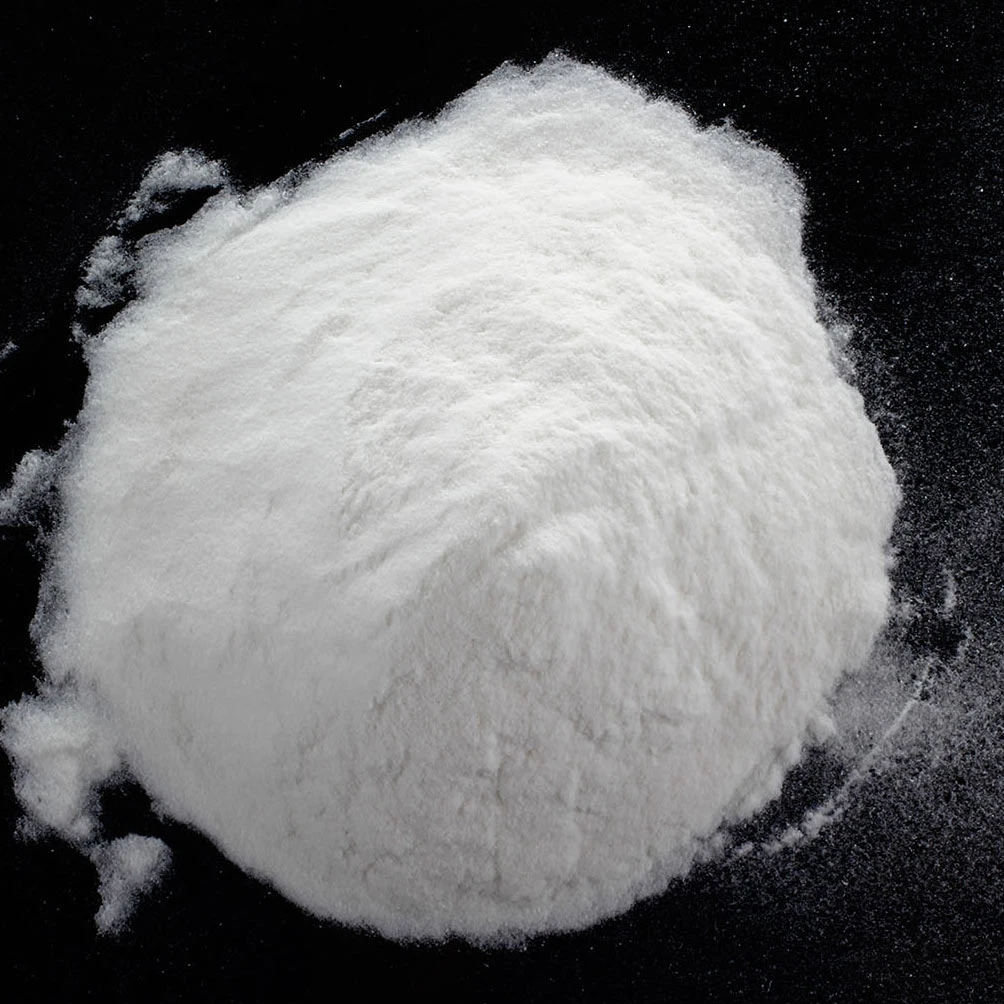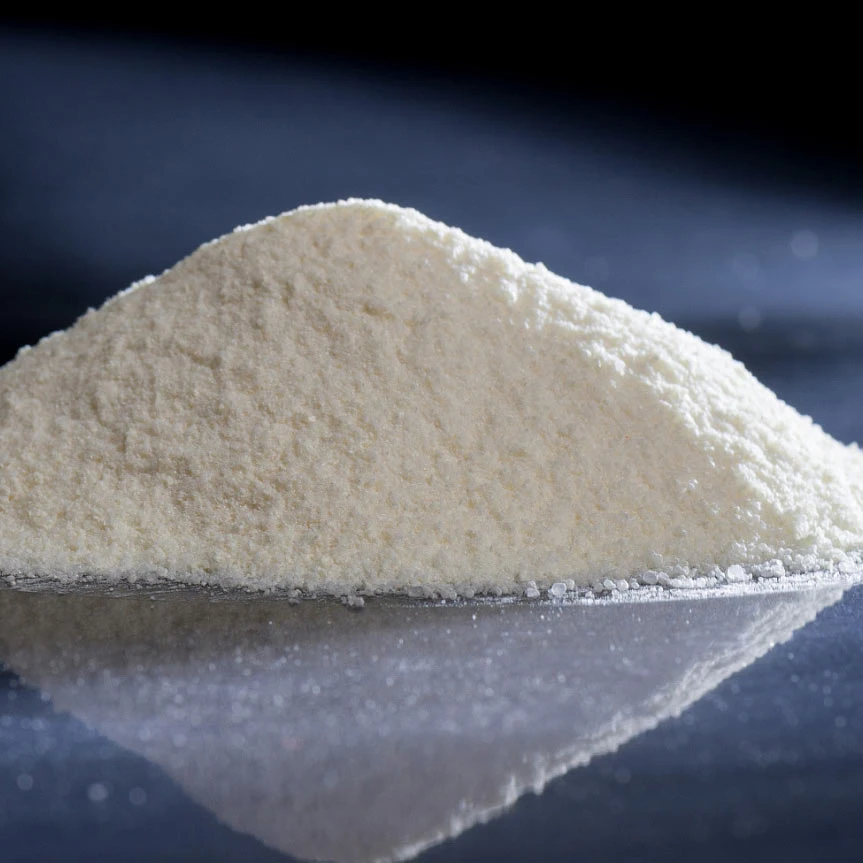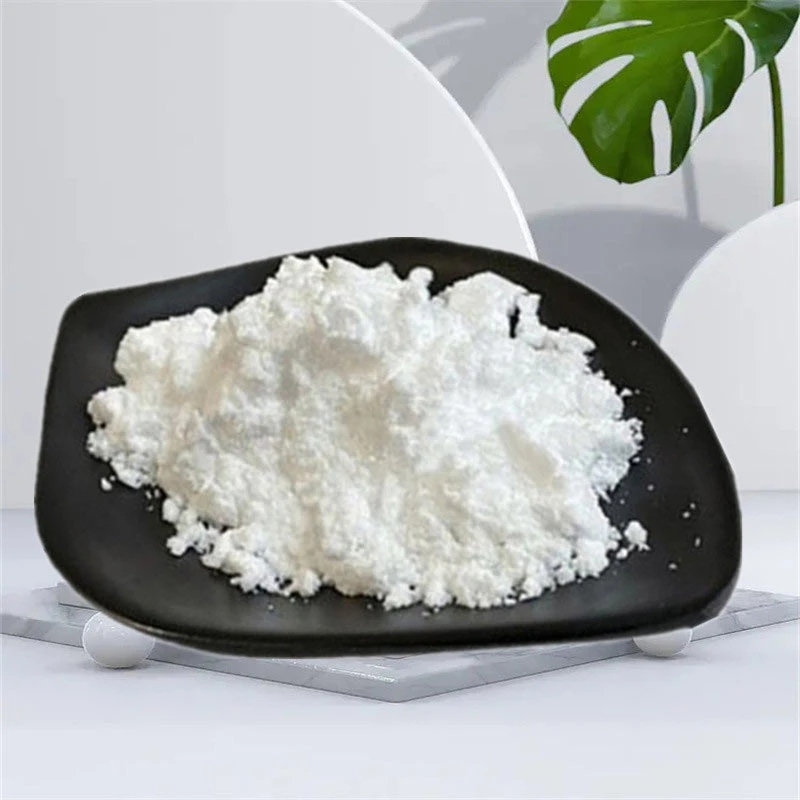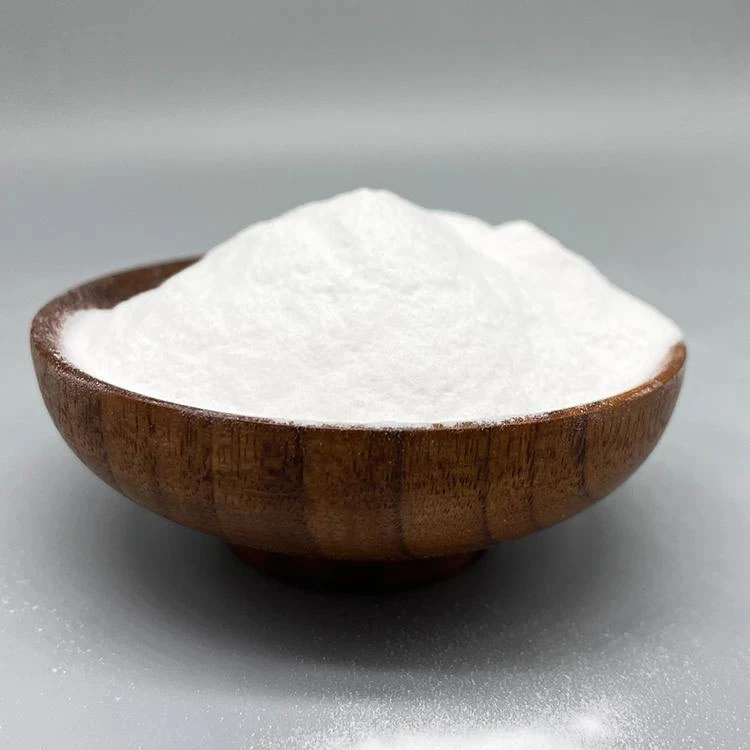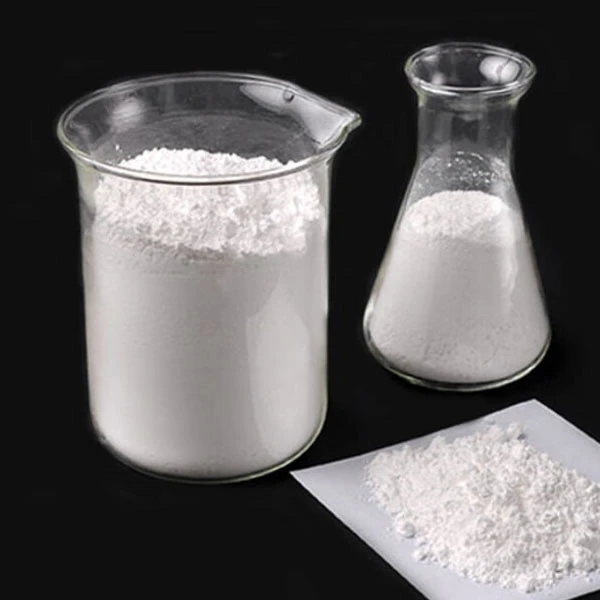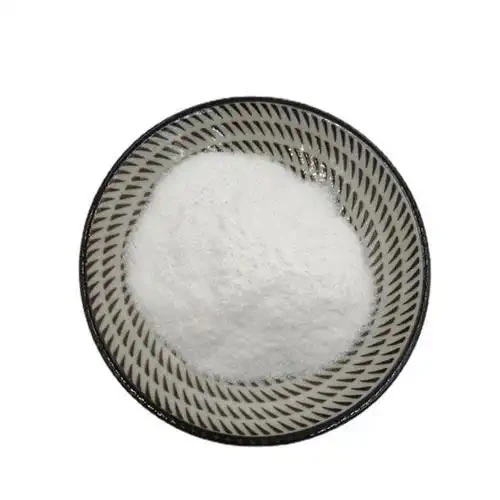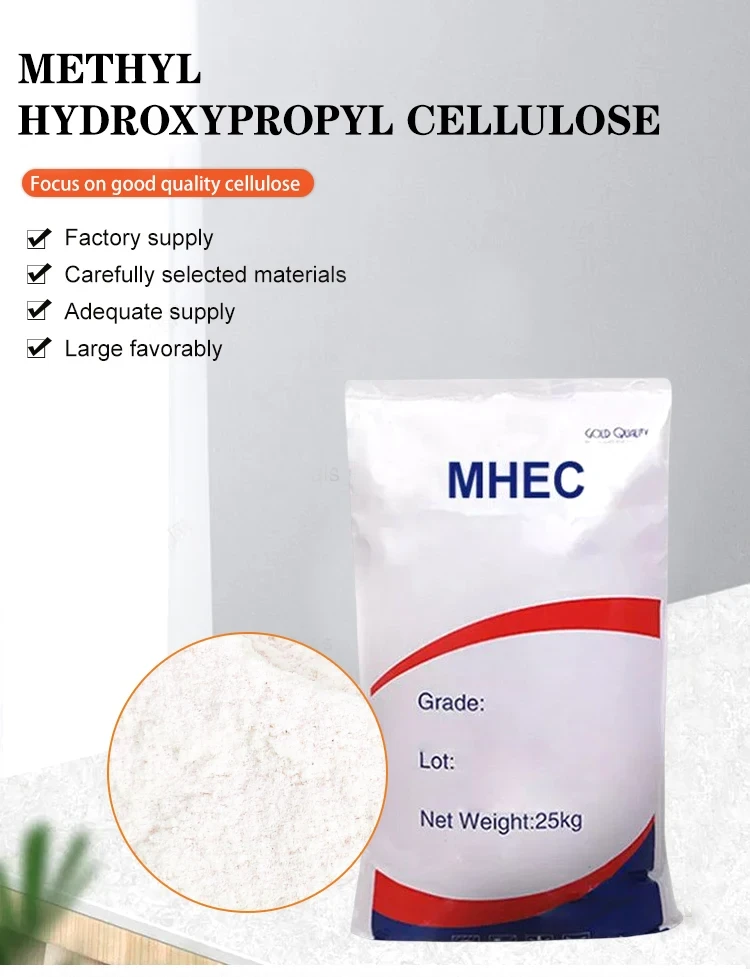
cellulose tree
The Significance of Cellulose in Trees Nature's Marvel
Cellulose is a remarkable organic compound that plays a vital role in the structure and function of trees. As one of the most abundant biopolymers on Earth, cellulose is a key component of plant cell walls, providing rigidity and strength. This polysaccharide consists of long chains of glucose molecules, which are linked together by β(1→4) glycosidic bonds. The unique structure of cellulose not only serves to reinforce plant tissues but also contributes to various ecological and industrial applications. In this article, we will explore the significance of cellulose in trees, its environmental importance, and its multifaceted uses.
Structure and Function of Cellulose
Cellulose is synthesized by plants and forms the primary structural constituent of the cell walls in green plants, algae, and some fungi. In trees, cellulose fibers are arranged in a way that enhances mechanical stability, allowing them to grow tall and withstand external stresses such as wind and heavy precipitation. This structural integrity is crucial for trees, which can reach impressive heights and ages—some trees can live for thousands of years.
The physical properties of cellulose are largely attributed to its fibrous structure. The glucose chains in cellulose can hydrogen bond with each other, creating a strong, stable matrix. This feature makes cellulose not only essential for plant growth but also contributes to the tree's ability to transport water and nutrients through its vascular system. As trees transpire and lose water, cellulose’s structural capacity helps maintain the integrity of the cells, ensuring continued growth and stability.
Ecological Importance
Cellulose plays a vital role in the carbon cycle and overall ecosystem health. Trees, through the process of photosynthesis, convert carbon dioxide from the atmosphere into organic matter, which includes cellulose. When trees die or shed leaves, the cellulose in their structure transforms into organic matter that enriches the soil. This decomposition process is crucial for nutrient cycling and soil fertility, supporting a wide range of life forms and plant growth.
cellulose tree
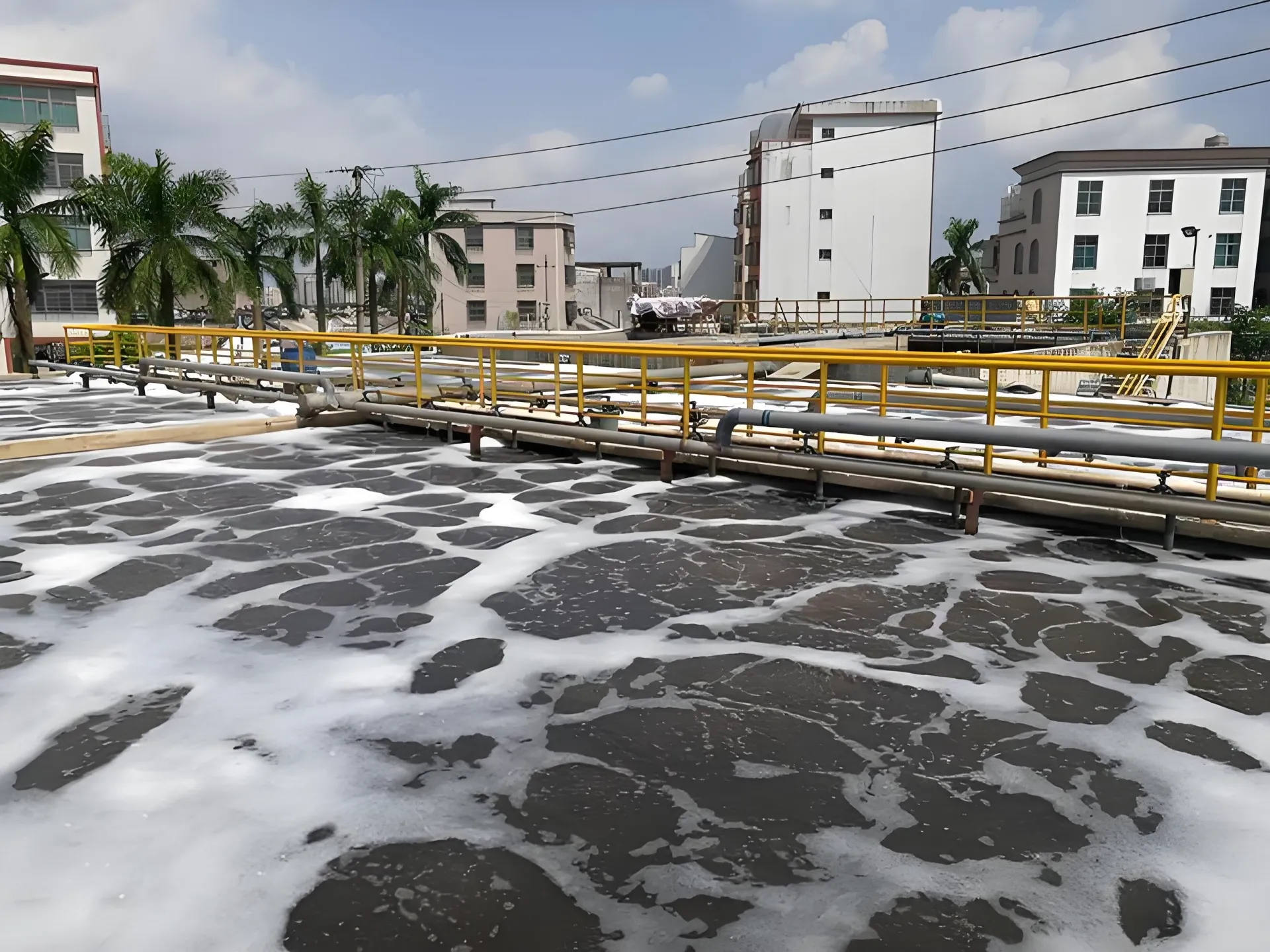
Moreover, cellulose serves as a primary energy source for numerous microorganisms, including fungi and bacteria, when it breaks down in the soil. These decomposers play a significant role in nutrient cycling, as they break down cellulose into glucose and other simple sugars, making essential nutrients available again to plants and other organisms in the ecosystem. Thus, cellulose not only sustains trees but also plays an integral role in supporting ecological balance.
Industrial Applications
The significance of cellulose extends beyond ecological roles into various industrial applications. The versatility of cellulose has led to its use in a multitude of products, ranging from paper and textiles to biofuels and pharmaceuticals. In the paper industry, cellulose fibers are processed to create everything from newsprint to high-quality printing paper. The demand for sustainable materials has driven innovation in cellulose-based alternatives, promoting the use of recycled paper and sustainable forestry practices.
In the realm of textiles, cellulose is transformed into fibers such as rayon and lyocell, which are increasingly popular due to their biodegradability and comfort. Furthermore, cellulose-derived biofuels are becoming a significant focus in the quest for renewable energy sources. Cellulosic ethanol, produced from the breakdown of plant biomass, is viewed as a sustainable alternative to fossil fuels, reducing dependence on non-renewable resources.
Additionally, the pharmaceutical industry utilizes cellulose as an excipient in drug formulations, aiding in the controlled release of medications and enhancing their stability and absorption rates.
Conclusion
The importance of cellulose in trees cannot be overstated. From providing structural support and ecological resilience to serving as a key component in a variety of industrial applications, cellulose is a fundamental element of life on Earth. As we continue to explore sustainable practices and renewable resources, understanding and leveraging the power of cellulose will be essential. It is not just a component of trees; it is a cornerstone of nature's intricate design, reflecting the interconnectedness of life on our planet. Embracing cellulose not only fosters a deeper appreciation for our natural environment but also paves the way for innovative solutions in industries that drive our economy. As we move forward, the lessons learned from cellulose and its applications will guide us toward a more sustainable future.
-
Hydroxyethyl Cellulose for Paint: Enhance Viscosity & StabilityNewsAug.18,2025
-
HPMCAS | Hydroxypropyl Methylcellulose Acetate Succinate Enteric GradeNewsAug.17,2025
-
Premium Polyvinyl Alcohol (PVA) for Cement & AdhesivesNewsAug.16,2025
-
CCMC-Na: High-Performance Thickener & StabilizerNewsAug.15,2025
-
Ethylcellulose Aqueous Dispersion: Stable, Versatile Coating SolutionNewsAug.14,2025
-
High-Purity Microcrystalline Cellulose (MCC) Excipient & BinderNewsAug.13,2025

